Growth in the Cosmetic Industry
The Phytosphingosine Market is benefiting from the overall growth of the cosmetic sector. As consumers increasingly prioritize skincare and cosmetic products that offer multifunctional benefits, phytosphingosine is gaining traction due to its ability to enhance skin texture and appearance. The cosmetic industry has seen a compound annual growth rate (CAGR) of around 5% recently, with phytosphingosine-containing products becoming more prevalent. This trend suggests that the Phytosphingosine Market is poised for further expansion as brands innovate and incorporate this ingredient into their formulations, appealing to a broader consumer base.
Rising Incidence of Skin Disorders
The prevalence of skin disorders, such as eczema and psoriasis, is contributing to the expansion of the Phytosphingosine Market. With an estimated 10% of the population affected by these conditions, there is a heightened demand for effective treatment options. Phytosphingosine Market is known for its anti-inflammatory and antimicrobial properties, making it a valuable ingredient in therapeutic formulations. Recent studies suggest that products containing phytosphingosine can significantly improve skin conditions, leading to a projected market growth rate of 12% annually. This increasing incidence of skin disorders is likely to bolster the Phytosphingosine Market in the coming years.
Innovations in Formulation Technologies
Innovations in formulation technologies are playing a crucial role in the advancement of the Phytosphingosine Market. As manufacturers develop more sophisticated methods to incorporate phytosphingosine into various products, the efficacy and appeal of these formulations are enhanced. Techniques such as encapsulation and microemulsion are being utilized to improve the stability and delivery of phytosphingosine in skincare products. This technological progress is expected to drive market growth, with projections indicating a potential increase of 8% in the Phytosphingosine Market as brands leverage these innovations to meet consumer demands for high-performance products.
Regulatory Support for Natural Ingredients
Regulatory bodies are increasingly endorsing the use of natural ingredients in cosmetic and skincare products, which is positively impacting the Phytosphingosine Market. As regulations evolve to favor safer, more sustainable options, manufacturers are encouraged to incorporate phytosphingosine into their formulations. This shift aligns with consumer preferences for clean beauty products, which has been a driving force in the market. The Phytosphingosine Market is likely to benefit from this regulatory support, as it opens up new opportunities for product development and innovation, potentially leading to a market growth rate of 10% over the next few years.
Increasing Consumer Awareness of Skin Health
The Phytosphingosine Market is experiencing a notable surge in consumer awareness regarding skin health. As individuals become more informed about the benefits of natural ingredients, there is a growing preference for products that incorporate phytosphingosine. This compound is recognized for its skin barrier-enhancing properties and its role in maintaining hydration. Market data indicates that the demand for skincare products containing phytosphingosine has increased by approximately 15% over the past year. This trend is likely to continue as consumers seek effective solutions for skin issues, thereby driving growth in the Phytosphingosine Market.


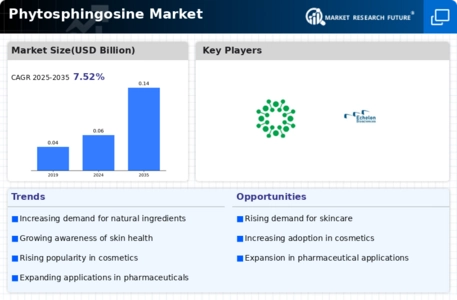
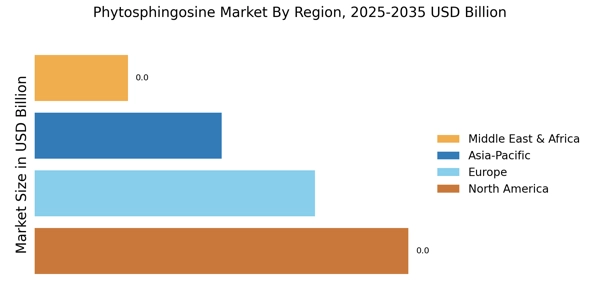

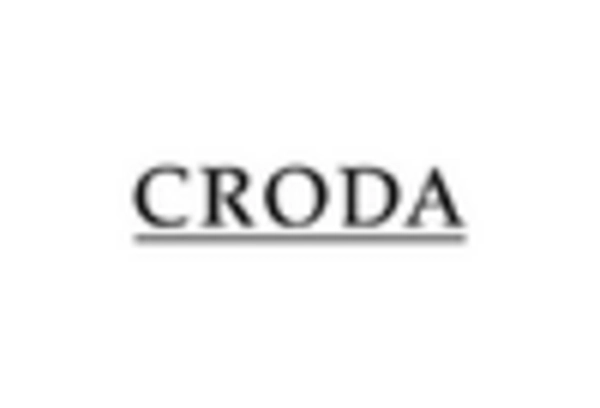

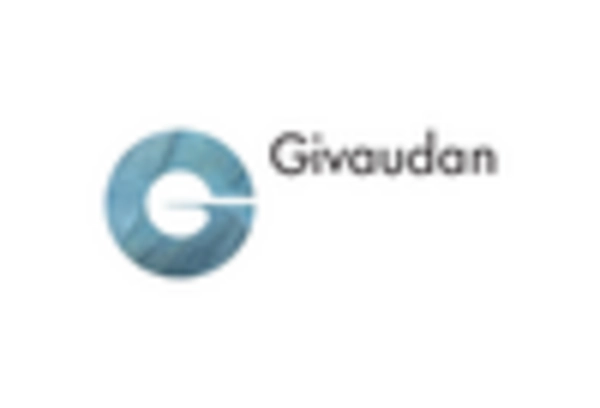

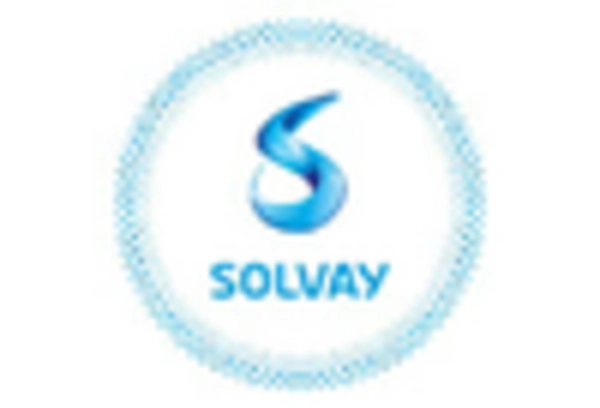








Leave a Comment